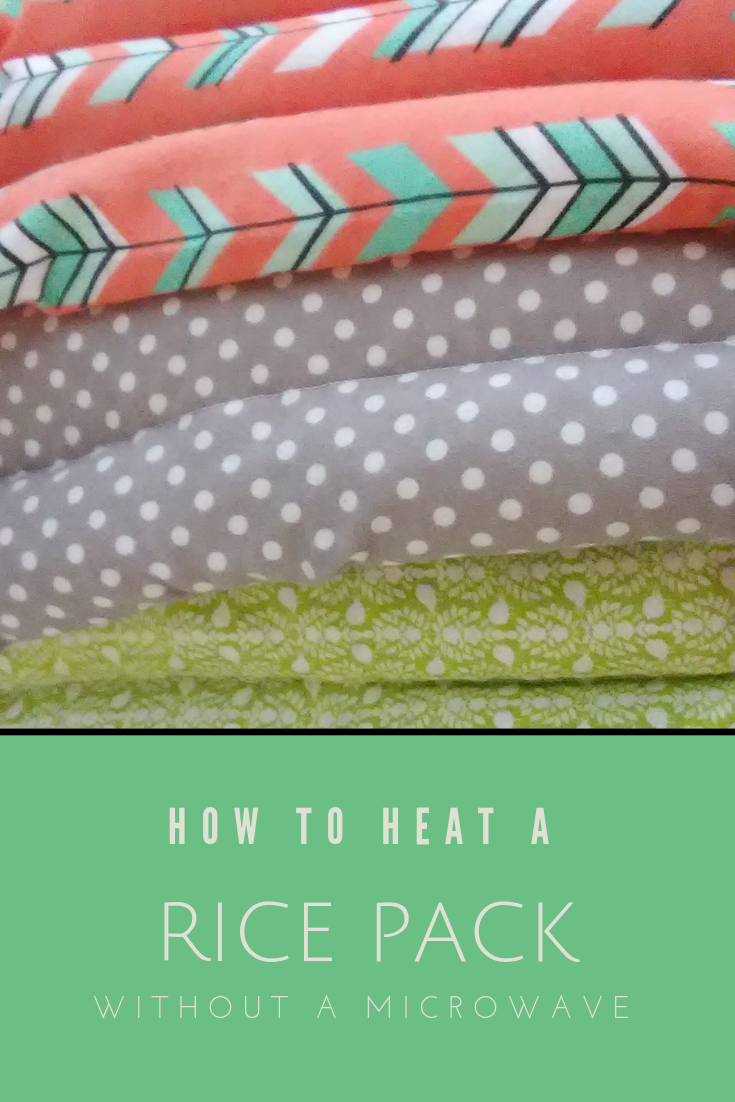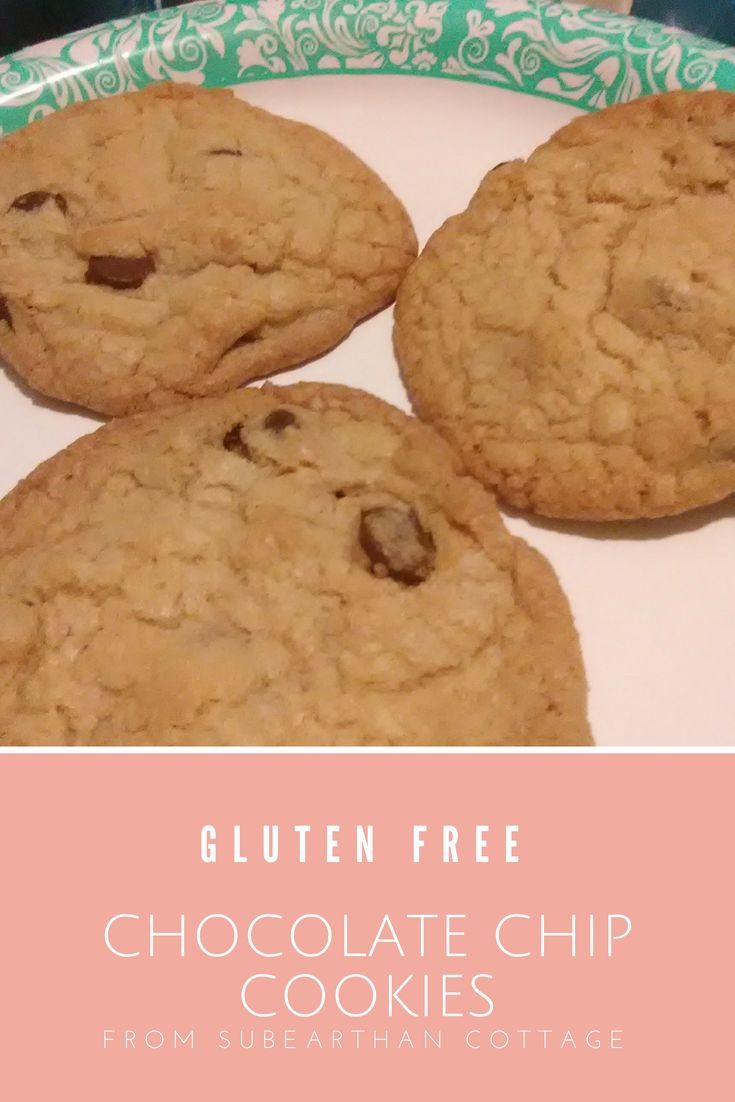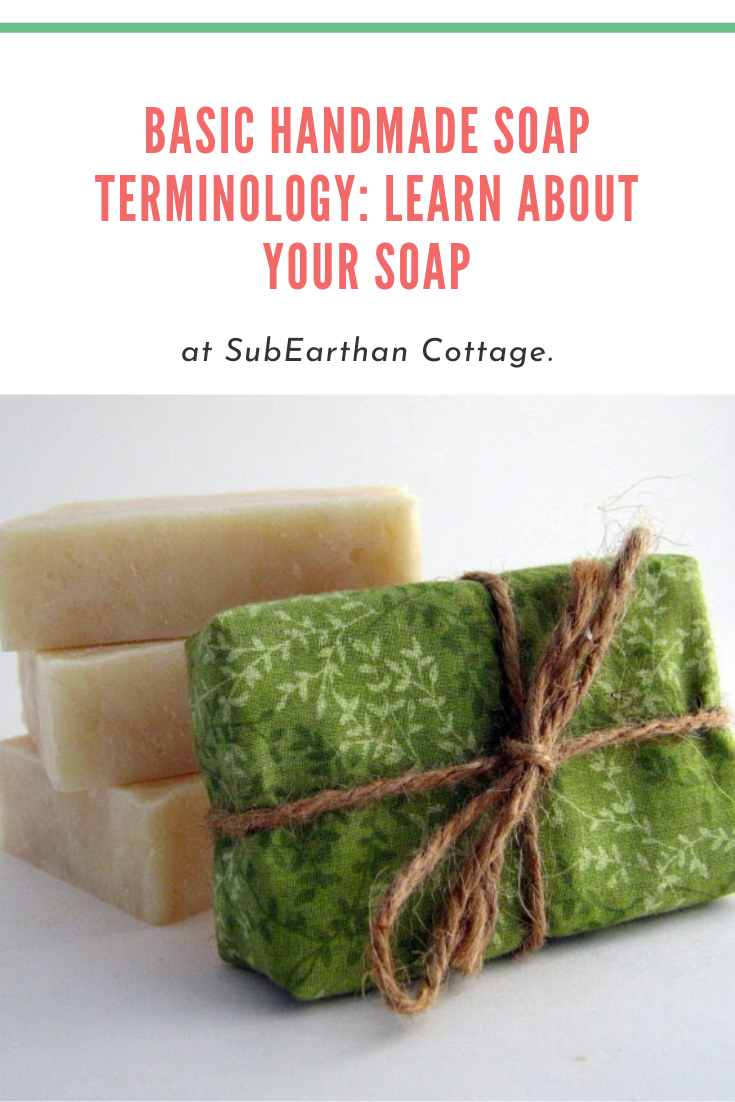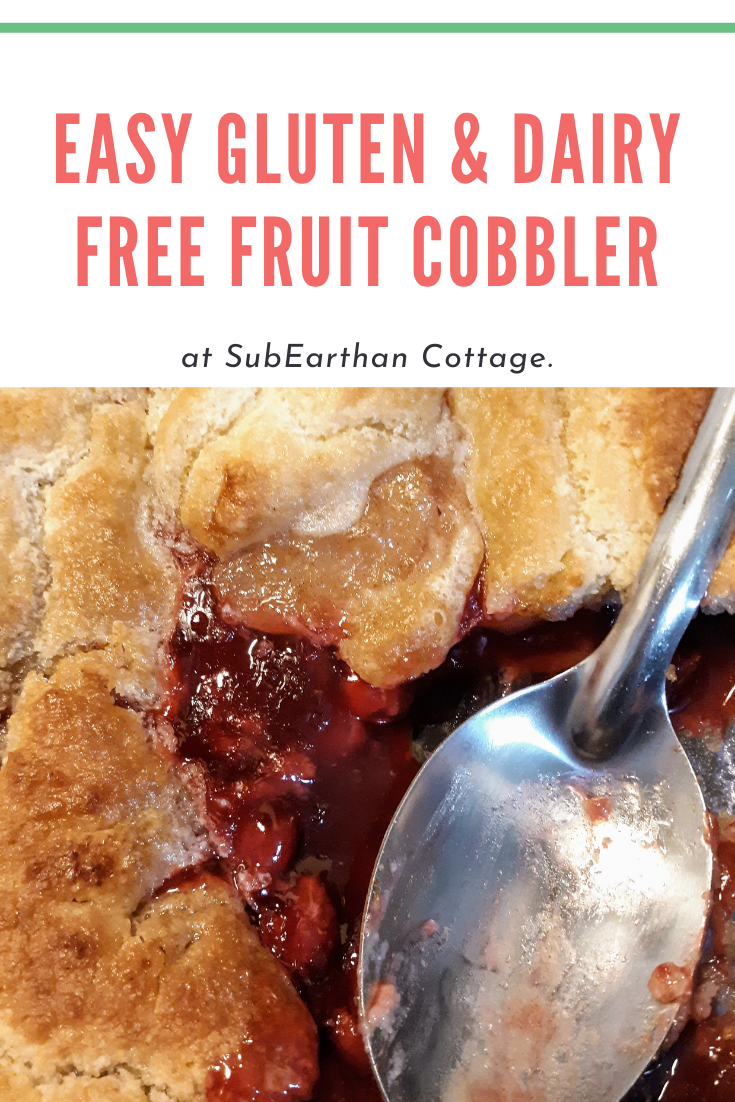With freezing temperatures and possible snow in the forecast, it seemed like the perfect time to revisit this delicious sausage potato soup recipe.
I love the slightly spicy, creamy Zuppa Toscana soup from Olive Garden. Since going gluten-free and dairy-free, Zuppa Toscana and pretty much anything Olive Garden are out of the question. With the cold weather, though, I really crave soups. I made some potato soup a few days ago that was yummy, but just not the same. Today I realized I happened to have everything I needed to attempt a sausage and potato soup very much like Zuppa Toscana.
It doesn’t have quite the same creaminess due to substituting almond milk. Cashew milk is a creamier substitute, but I didn’t have any on hand. For a first dairy-free attempt, it turned out pretty darn close.
I made my sausage potato soup in my electric pressure cooker. You could easily make it in a slow cooker or on the stove top, but I like how the pressure cooker really develops the flavors, similar to cooking in a slow cooker but without the long cook time. I also love that I can use the saute function on my pressure cooker to brown the sausage. This prevents having to dirty a skillet, like I would if I used a slow cooker.
Sausage Potato Soup
Equipment
- Electric Pressure Cooker, unless cooking on stove top or slow cooker.
Ingredients
- 1 lb Ground Sausage
- 3-4 Largish potatoes, sliced
- 1 medium Onion, diced White or yellow.
- 2-3 cups Kale, torn or chopped. Could substitute spinach or other greens.
- 6-8 cups Chicken broth (gluten-free if desired) You want enough to cover the rest of the ingredients in the pot without too much over.
- 2 cups Almond or Cashew milk
- Salt to taste
- Crushed red pepper to taste
- 1 tbsp olive oil
Instructions
- Select the "Saute" function on the pressure cooker.
- Add the olive oil and brown the sausage.
- Add the onion a few minutes before the sausage finishes browning to soften.
- When the sausage is browned, turn off the "Saute" function.
- Add the potatoes, kale, broth and seasonings. Do not add the almond or cashew milk yet.
- Lock the pressure cooker's lid in place and select the "Soup" function. I used the 30 minute function.
- After the cooking is complete, either wait for pressure to naturally release or CAREFULLY do a manual release. Soups spray and spatter if you immediately try to release the pressure, so I recommend waiting at least ten minutes if you are going to manually release the pressure.
- Add the almond/cashew milk and stir. The soup should be hot enough to heat the milk addition without additional cooking.
- Enjoy!
Notes
Please leave a comment if you try this and let me know how it turns out. If any of my instructions need clarification, don’t hesitate to ask in the comments, too.
For more electric pressure cooker recipes and tips, click here. To stay up to date on SubEarthan Cottage happenings, please sign up for my newsletter.
















